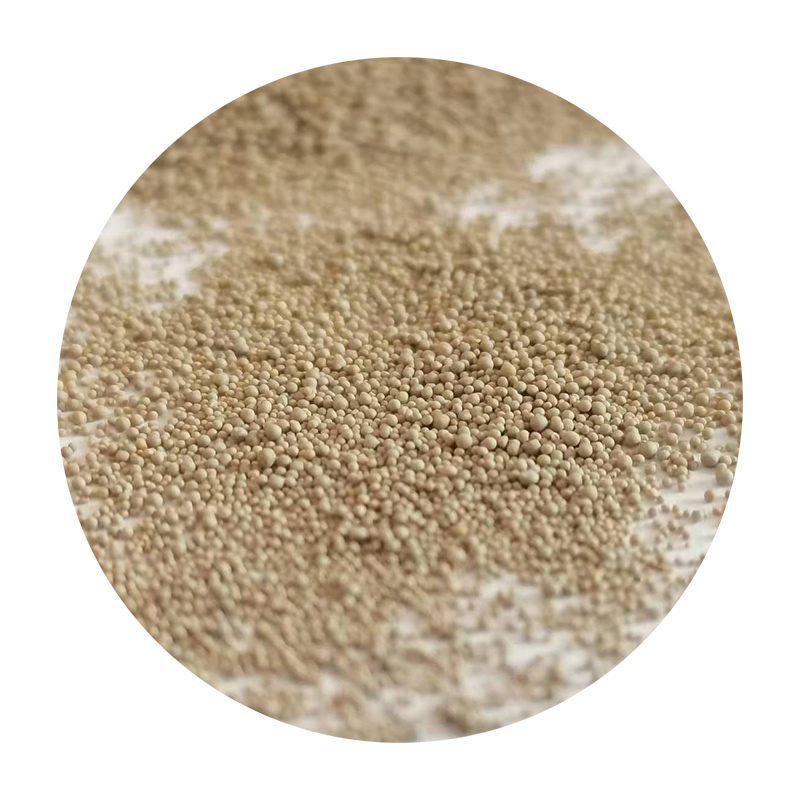How to Sand Small 3D Prints A Step-by-Step Guide
Sanding small 3D prints is an essential part of the finishing process that helps achieve a smooth, professional-looking finish. Whether you're working with PLA, ABS, or any other material, proper sanding techniques can significantly enhance the visual appeal of your prints. This guide will walk you through the steps needed to effectively sand your small 3D prints.
Step 1 Gather Your Materials
Before you start sanding, ensure you have the necessary tools on hand. You'll need
- A variety of sandpaper grits (start with coarse, then medium, and finish with fine) - A sanding block or sponge for larger surfaces - A utility knife or hobby knife for trimming rough edges - A dust mask to protect yourself from inhaling particles - A clean, dry workspace
Step 2 Prepare the Print
Begin by examining your 3D print for any obvious imperfections, such as layer lines, stringing, or rough edges. If there are any large protrusions, use the utility knife to carefully trim them down. This will make the sanding process more manageable and efficient.
Step 3 Start with Coarse Sandpaper
For the initial sanding, choose a coarse grit sandpaper (around 60-100 grit). This will help remove the bulk of the imperfections. Sanding should be done gently in a circular motion to avoid creating flat spots or uneven surfaces. Focus on any areas of significant layer lines and work until they are minimized. Be cautious not to apply too much pressure, as this could damage the print.
Step 4 Move to Medium Grit
how to sand small 3d prints

Once the rough areas are smoothed out with coarse sandpaper, switch to medium grit sandpaper (around 120-220 grit). This stage will help refine the surface further, eliminating any scratches left by the coarse grit. Continue sanding in circular motions, ensuring even coverage across the print. This is also a good time to check for any stubborn imperfections that may need extra attention.
Step 5 Finish with Fine Grit
Finally, use fine grit sandpaper (around 400-600 grit) to achieve a smooth finish. This step is crucial for reducing any remaining visible scratches and preparing the surface for painting or other finishing techniques. Sand lightly and check your progress frequently to avoid over-sanding, which can damage details on your model.
Step 6 Clean the Print
After sanding is complete, it's essential to clean your print to remove any dust. You can use a soft brush or cloth to wipe down the surface. If you plan to paint or apply other finishes, ensuring the print is free of dust and debris will help improve adhesion.
Step 7 Additional Finishing Techniques
If you desire a glossy finish, consider using a primer or clear coating after sanding. Spray paints designed for plastic can provide an excellent surface finish. For a more advanced option, some enthusiasts use a vapor smoothing technique for materials like ABS, which involves exposure to acetone vapor to create a smooth surface.
Conclusion
Sanding small 3D prints is a skill worth mastering, as it can drastically enhance the quality of your models. By following these steps and being patient throughout the process, you'll be able to achieve smooth, professional-looking prints that you can be proud of. Happy sanding!
Post time:Οκτ . 10, 2024 06:49
Next:importance of sand casting
